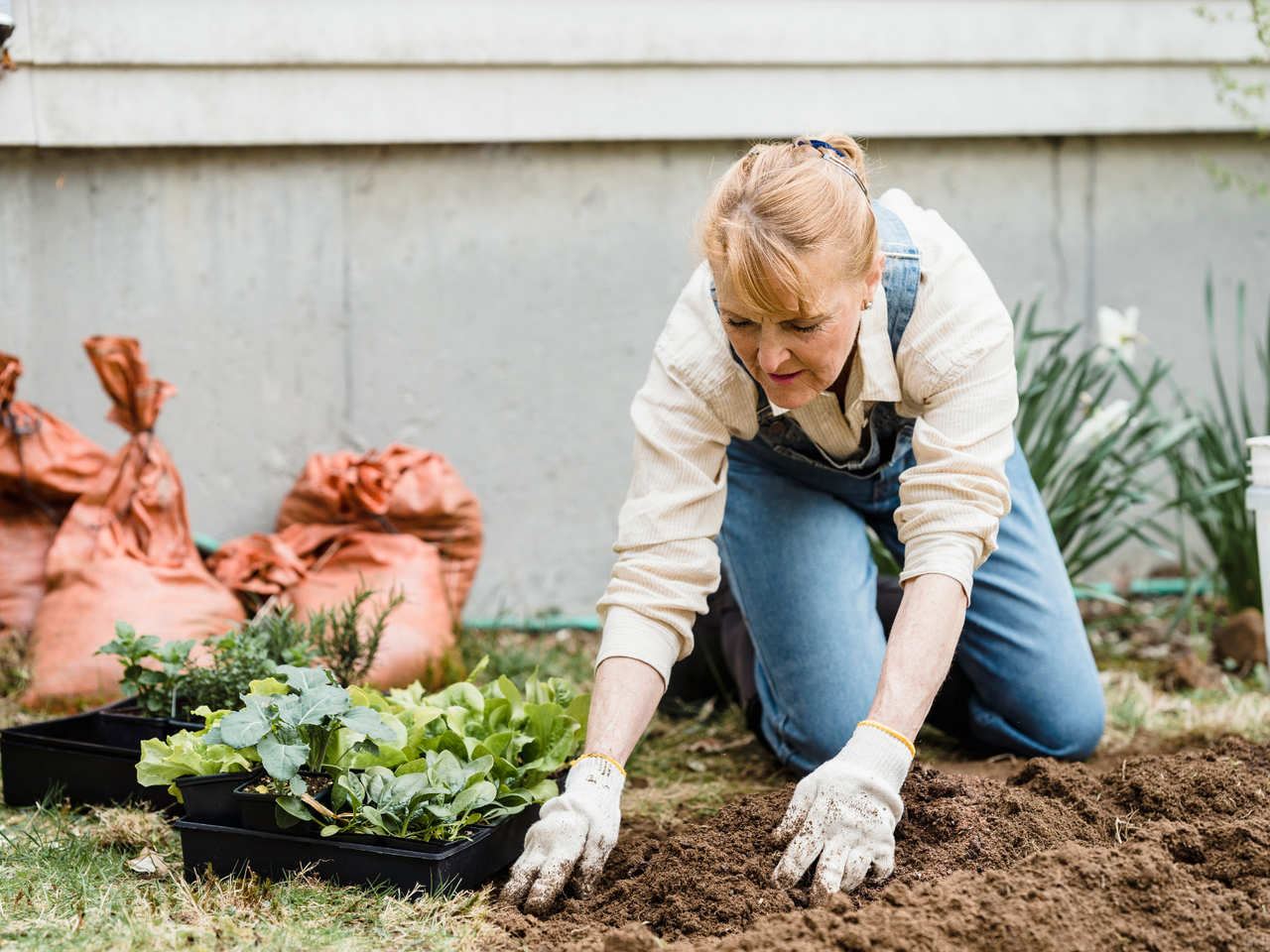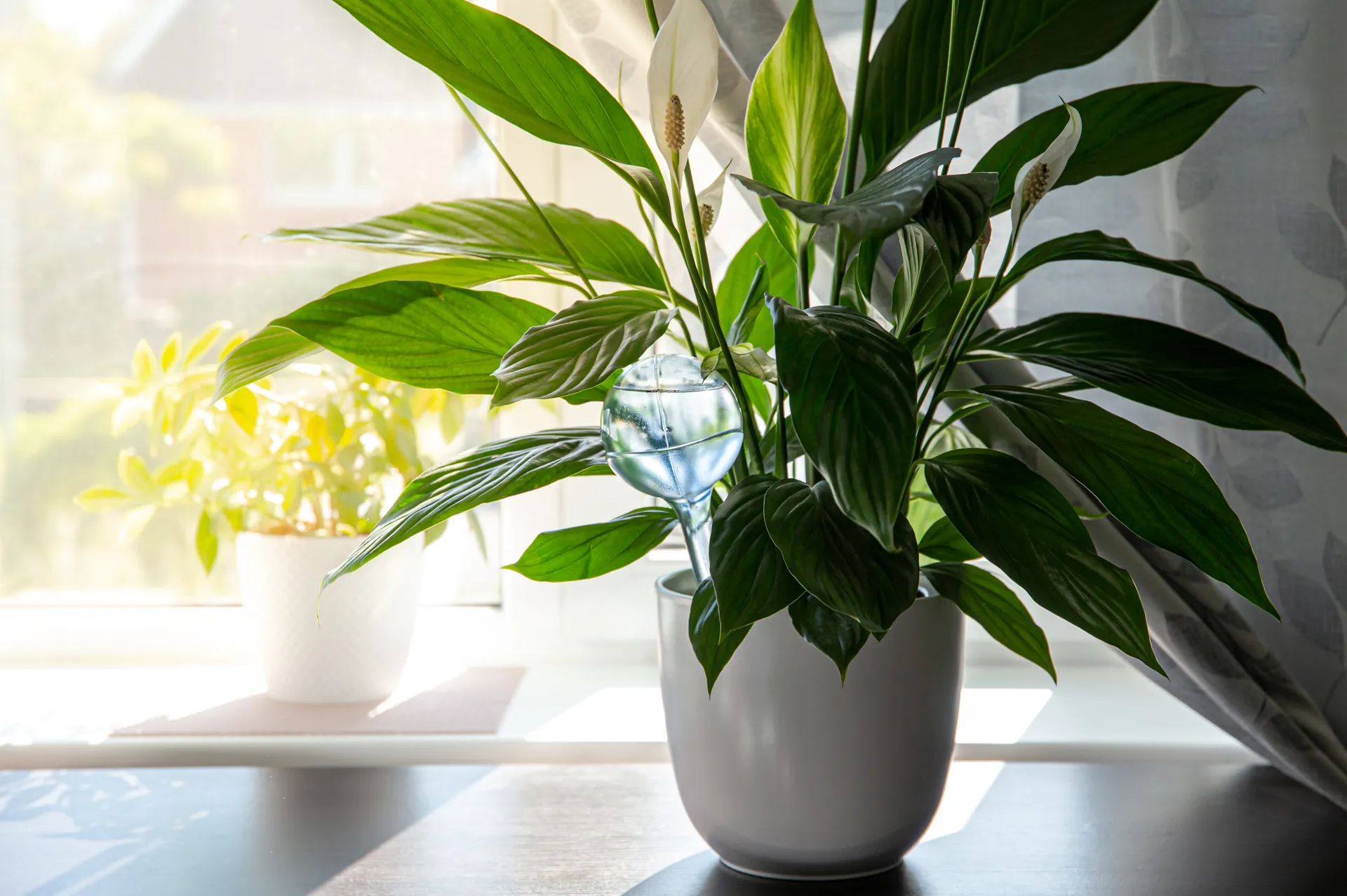April Seasonal Gardening Tips

We're transitioning into a new season in the garden and The Micro Gardener and Living Smart have all the tips to help you succeed.
Critical time for sowing cool-season plants
This month and next are prime planting times for our autumn and winter crops. We only have short seasons during autumn (April/May) and winter (June/July) so make the most of them.
That means getting your timing right and being prepared to plant ASAP! Sow little and often (succession plant) for a continuous harvest of fresh ingredients.

Moon gardening
The new moon cycle is the best time for sowing above-ground crops, flowers, fruit trees and ornamentals. This is a time when the moon’s gravitational pull of moisture affects the flow of plant sap, drawing it upwards into the stems, branches, leaves, flowers, fruit and seeds.
Sow seeds for quicker germination or plant seedlings of above-ground crops for robust growth. If you see your grass and weeds grow fast during this moon phase, don’t just blame the rain!
The moon’s gravitational pull doubles the effect of available soil moisture as the water table rises. Use the Moon Calendar to swing timing in your favour.
- transplant seedlings and plant fruit trees during the new moon phase
- pre-soak in liquid seaweed first to provide growth hormones and stimulate root development
- divide plants and take cuttings. They will strike best with extra nutrients available in the strong sap flow.
Weeding
After rain, when the soil is moist (or sodden), is the best time to pull deep-rooted weeds. They will create less disturbance to nearby plants.
If you missed the chance to fertilise before rain and nutrients may have leached, apply slow-release nutrients, compost or worm castings to your soil and then lock in the moisture with a blanket of mulch. This will ensure you have sufficient minerals to support autumn and winter growth.
Preparing for Planting
With all the summer growth, you can recycle overgrown plants and grass clippings to provide free organic matter to make compost. ‘Chop and drop’ arrowroot, comfrey, old pumpkin/cucumber vines or ‘green waste’ and turn this abundance into nutrient-rich healthy soil to feed your garden.
Re-grow free plants from kitchen scraps or recycle as compost ingredients. Tired depleted soil won’t grow healthy plants, so prepare your pot or plot first.
What to Plant Now
All your leafy greens will do well from this point forward. Lettuces, kale, coriander (yes, it’s finally cool enough to sow those seeds), rocket, silverbeet, rainbow chard, Asian greens and celery to name a few. Grow these herbs and leafy vegetables as microgreens or sprouts for fresh fast ingredients too.
A few other crops to consider include: Peas (who can live without them?), beans, broccoli, cabbage, capsicum, cauliflower, eggplant, leeks (ready just in time for soups), nasturtiums, pineapple sage, spring onions, strawberries (time to remove runners) and most herbs, including dill, coriander, rocket and borage. Sow flowers like sweet peas, marigolds, calendula, cosmos and viola for colour and pollinators.
If you haven’t yet sown your seed potatoes or garlic, hold off until a root crop day during the waning moon phase, but prepare your soil well now. Avoid planting during the dormant phase after the full moon. It’s a waste of time. Both these crops do best in soil rich in nutrients (plenty of compost) and mulch.
What to watch out for
Aphids, Queensland fruit fly, caterpillars, slugs and snails (they love the wet). You may start to see white cabbage butterflies.
Happily, you should expect to see grasshopper numbers start reducing as the temperatures become cooler!
Remember a healthy garden ecosystem includes a BALANCE of pests to predators. i.e. ‘pest’ insects are part of a food chain and you need more predators than pests!
Plant flowers to provide nectar and pollen for bees, pollinators and beneficial predatory (insect eating) insects like parasitic wasps. Many of these predators rely on nectar as a supplementary food source as adult insects, but their larvae eat pests like aphids and scale. Hoverflies and ladybirds are a couple of examples.
Check for fungal diseases on leaves. Powdery mildew and leaf spot are common problems. Prune off quickly and bin.
Garden Tasks this Month
- if you haven’t yet mulched your garden, do so now (ideally after rain). Hold all that valuable moisture IN for the growing season. Rainwater is also rich in nitrogen whereas town water contains chlorine and fluoride chemicals, and pharmaceutical residues
- fertilise citrus and fruit trees. New season fruits and flowers place a high demand for nutrients on your trees. Topping up the soil ‘pantry’ ensures you will enjoy a bountiful harvest of sweet, juicy fruits
- harvest your basil and make pesto before it sets seed, or save seeds for spring planting
- prune and remove summer crops that have finished. Use in compost, liquid feeds or as mulch.
More info
Head to Council's Living Smart website for more tips, articles and info on how to live sustainably in our Sunshine Coast Biosphere
And for more gardening, follow Anne Gibson, The Micro Gardener Website | Facebook | Substack | Pinterest |Instagram | X | YouTube







